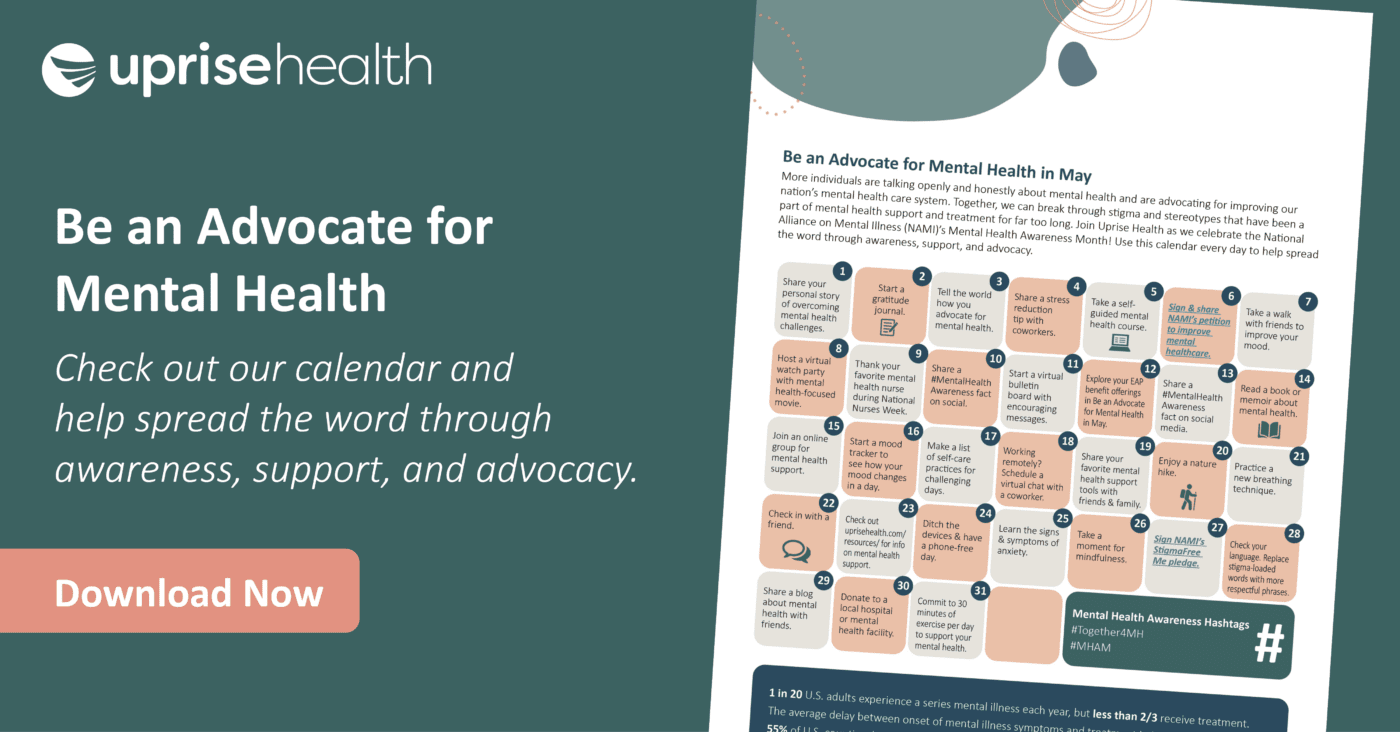From sad goodbyes at graduation to the death of a loved one, our lives are filled with situations that can lead to sadness and grief, which can linger and cause symptoms of depression and anxiety. Many of these experiences are a normal part of the human condition, and with proper treatment and care, grief can lessen substantially over time.
Other adverse experiences are more complicated.1 Severe injury, violent or sexual assault, witnessing terrorist attacks, or natural disasters, or more complex situations like domestic violence, emotional neglect, abandonment, or sexual abuse can take hold in the form of trauma. This severe mental health condition can lead to long-term depression and anxiety, unpredictable emotions, flashbacks, and strained relationships.
Learn more about how trauma occurs, what to look out for, and how to get help.
What is Trauma?
Experts classify trauma in two ways: Trauma I – sometimes known as acute or shock trauma –and Trauma II–trauma experienced as part of childhood experiences or early childhood development.2
Acute or shock trauma is one event that causes distress and intense emotional response. The initial event is unavoidable and unexpected with acute trauma, and the reaction to trauma happens between three and 30 days after the event.3 Common causes of acute trauma include:
- Natural disasters, including flooding, fires, and earthquakes
- Serious accidents
- Violent physical or sexual assault
- Sudden death or a loved one
- Terminal or life-altering medical diagnosis
- Hospitalization
- Witnessing terrorist attacks
Acute trauma is a short-term condition and can resolve over time, especially with the help of counseling or medication, depending on the severity of the symptoms.
Chronic emotional trauma results from prolonged or repeating events and sustained long-term emotional responses. With chronic trauma, a person’s body stays on a high alert as the brain protects the person from long-term damage. Chronic trauma causes include:4
- Domestic abuse
- Witnessing abuse of a loved one or household member
- War
- Community violence
- Chronic illness
- Neglect or starvation
- Homelessness
Chronic trauma can be more challenging to treat and can have lasting effects on a person’s brain, stress response, and memory.
Individuals who suffer from acute and chronic trauma may show signs of anxiety and depression–nightmares, intrusive thoughts, difficulty recalling the event, irritability, and difficulty concentrating. Physical symptoms, including nausea and heart palpitations, are also common.5
Post Traumatic Stress Disorder
Treating trauma is highly individualized and based on the type of event, length of the event, and pre-existing medical or mental health conditions. Other factors include whether the severity consists of a diagnosis of post-traumatic stress disorder or complex post-traumatic stress disorder.
Post-traumatic stress disorder (PTSD) is often diagnosed if acute trauma symptoms linger or are resistant to standard treatment. An individual may have PTSD if they experience flashbacks of the traumatic event, reoccurring nightmares, pain, sweating or nausea, panic, extreme alertness, disturbed sleep, and inability to remember details of what happened. Those living with PTSD report feeling unsafe, blaming themselves for what happened, and feeling overwhelming feelings of guilt or shame.
PTSD physical effects may be caused by an overload of stress hormones, including cortisol, and some research has found permanent changes to areas of the brain that can affect memory and mood.6 With time and appropriate treatment, individuals with PTSD can work towards a sense of control and normalcy in their lives.
How to Get Help for Trauma and Trauma Disorders
Visiting a counselor is one of the best places to start the process of healing from trauma and PTSD. Your EAP provider can help connect you with a counselor who can guide your next steps in recovery. Medication can help balance the chemicals in the brain that cause a “flight or fight” response, improve sleep, and help those living with trauma disorders feel more normal–and help counseling and therapy sessions be more effective.
Websites and books can help individuals with trauma and help those who love them support their healing. Some options are:
- How to cope with traumatic stress
- The legacy of trauma
- How to find help through seeing a psychologist
- The Body Keeps the Score by Bessel van der Kolk
- Triggers: How we can stop repeating and start healing by David Richo
- Why Has Nobody Told Me This Before? By Dr. Julie Smith
Seeking professional help and learning how others have dealt with their trauma can help those living with acute and chronic trauma and trauma disorders feel less alone.
May is Mental Health Awareness Month, and we invite you to join us as a mental health advocate to raise awareness and smash the stigma of mental illness. Download our calendar for daily ideas to celebrate caring for our mental health!
Resources
- https://www.apa.org/topics/trauma#:~:text=Trauma%20is%20an%20emotional%20response,symptoms%20like%20headaches%20or%20nausea.
- https://traumapractice.co.uk/types-of-trauma/
- https://ada.com/conditions/acute-stress-disorder/
- https://www.verywellhealth.com/acute-trauma-vs-chronic-trauma-5208875
- https://www.mind.org.uk/information-support/types-of-mental-health-problems/post-traumatic-stress-disorder-ptsd-and-complex-ptsd/symptoms/
- https://www.ncbi.nlm.nih.gov/pmc/articles/PMC3181836/






